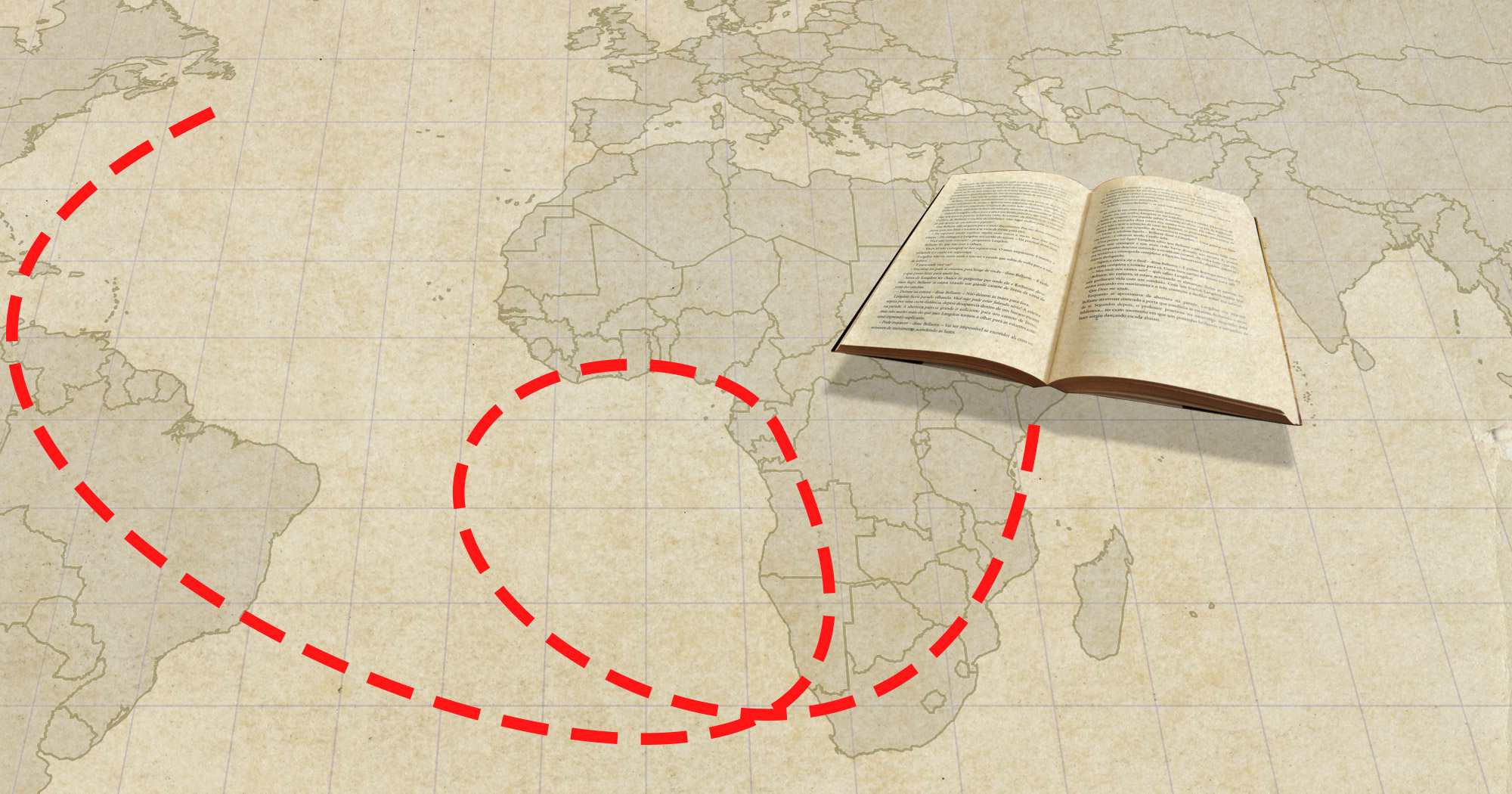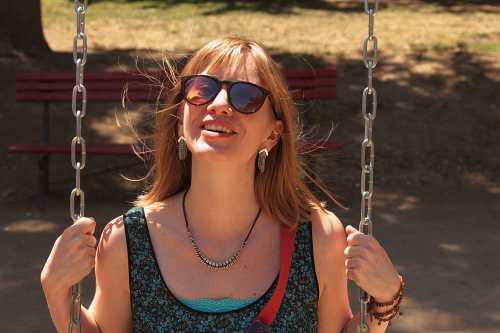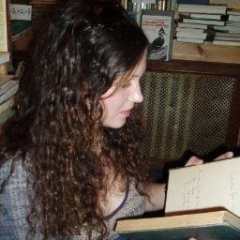Reading Globally with Megan McDowell

Change is coming, but readers know of places that will offer refuge, that are more rewarding than dim rhetoric and terrifying promises. Books always act as passports to better and more thoughtful locales—if some must be traveled to internally; books will help to take us where we need to go. In the new landscape, certain kinds of reading will take on even more importance, including works in translation, whose beauties and insights help us to peer over all manner of walls.
Translators like Megan McDowell are the key to our access, pushing away linguistic question marks to deliver stories from around the globe in ways that are both powerful and evocative. “Creative reading,” she calls it. McDowell’s work is regularly pointed out by our reviewers, for its skill and its particular magic, so we thought we’d ask her what brought her to translation work, and what challenges and rewards it yields.
Can you tell us how you became a translator?

Translator Megan McDowell: 'Translation is more like 'creative reading' than writing.'
Growing up in Kentucky, and later in college in Chicago, I really liked to read translations. My degree was in English but I always gravitated more to books translated from other languages, just because they seemed to harbor some kind of secret I didn’t find in works written in English. At a certain point it occurred to me that it would be cool to be a translator. I didn’t know any other languages, though, so I decided to move to South America and learn Spanish.
I did that—I spent three years in Chile, working first as an English teacher in Santiago, then as a translator for a British shipping company in Valparaíso. Then I went back to the States and got my Master’s at the University of Texas at Dallas, where I worked with Rainer Schulte and the American Literary Translators Association. For one of my translation workshops I worked on Alejandro Zambra’s book La vida privada de los arboles, and when I finished I sent it out to publishers; it was eventually published by Open Letter (The Private Lives of Trees). I’m summarizing a process of many years here, but that’s how it was in a nutshell.
Our reviewers mentioned your translations specifically—for your ear for language and nuance; for the way you maintain complexity. What’s your translator’s secret for achieving such balance?
I live in Chile and in Spanish, which makes a huge difference. I’ll always be an English speaker, but that constant contact with the language means my understanding of its nuance is always deepening. Other than that, I’m never satisfied with anything, I always think a translation can be better, and I question everything. I try to maintain the ambiguity of the original, and also to be aware of where I might be introducing ambiguity. I think there’s often a temptation to clarify things that are not clear in the original, and a conflicting tendency toward a misguided idea of “fidelity” that can make things unnecessarily confusing. I try to be aware of both of those impulses while I work. Finally, I’ve had the luck to have many very good editors, and I’ve learned a lot from the process of editing and correcting books.
Do you write yourself?
No, I don’t write, I’ve always been more of a reader. To me translation is more like “creative reading” than writing.
Can you tell us about your experiences working with indie presses to bring works like Seeing Red (Deep Vellum) and Colonel Lágrimas (Restless Books) to English-speaking audiences?
It’s practically a cliché but I’ll say it anyway: independent presses are much more open to taking risks. Translation is a big risk for a publisher, and larger ones are often reluctant to take it on. So the upsurge of small presses like Deep Vellum and Restless that focus specifically on translations has been a boon for readers, translators, and writers.
Indie presses and editors also tend to be more aware of translation as an art, and sensitive to its particular graces and pitfalls. They tend to include the translator more—they usually put royalties in the contracts, even if you know you’ll never earn back the advance, and they almost never forget to include your name when they publicize the book… little things like that. A large press, on the other hand, tends to see the translator as a necessary evil they want pay as little as possible, and also hide them from readers. I understand why, of course—they’re focused on making money, and no part of translation is really good for selling books. But it’s often a better experience to work with indie editors who have a more grass-roots approach. There is no one more excited about the books he publishes than Will Evans at Deep Vellum, and his excitement and appreciation is contagious.
What’s the biggest translating conundrum you’ve encountered?
I can’t tell you the biggest conundrum I’ve ever encountered, but I can tell you one I’m facing today. It’s in a book I’m translating by Alejandro Jodorowsky (also for Restless).
In it, there is a store called “Los Seis B”, or The Six B’s, and everything in the store is white. Now, in Spanish (in Chile at least) it’s common to talk about the 3 B’s when you’re describing something like a product or a restaurant: Bueno, bonito, y barato, or good, pretty, and cheap. But this place is 6 B’s: Bueno, bonito, barato, bendito, básico, y blanco (good, pretty, cheap, basic, blessed, and white). How to translate that? English readers aren’t familiar with the Three Bs, so they won’t understand the play on it with six. And there is no way to translate all of those things with common words that start with B or W. And if I leave it all in Spanish, a reader who has zero Spanish won’t understand why everything in the store is white, for example, because they won’t know what blanco means.
Well, I still don’t know what I’m going to do, so I probably shouldn’t include that example here. But those are the kinds of things you have to deal with regularly as a translator.
Do you have any upcoming projects that we can look for?
Yes, in January is Things we Lost in the Fire, short stories by Mariana Enriquez, a fantastic and fantastical book that mixes gothic horror and social commentary. Then Camanchaca, by Diego Zuñiga, a great young Chilean writer. The book is a minimal story about a young man and his difficult relationships with his parents, but that description doesn’t do it justice. Then there’s Fever Dream by Samanta Schweblin, another one I’m really excited about. It’s a short and urgent novel about the strangeness of parenthood, plus toxic agriculture and the transmigration of souls.

Michelle Anne Schingler is the managing editor at Foreword Reviews. You can follow her on Twitter @mschingler or e-mail her at mschingler@forewordreviews.com.
Michelle Anne Schingler
